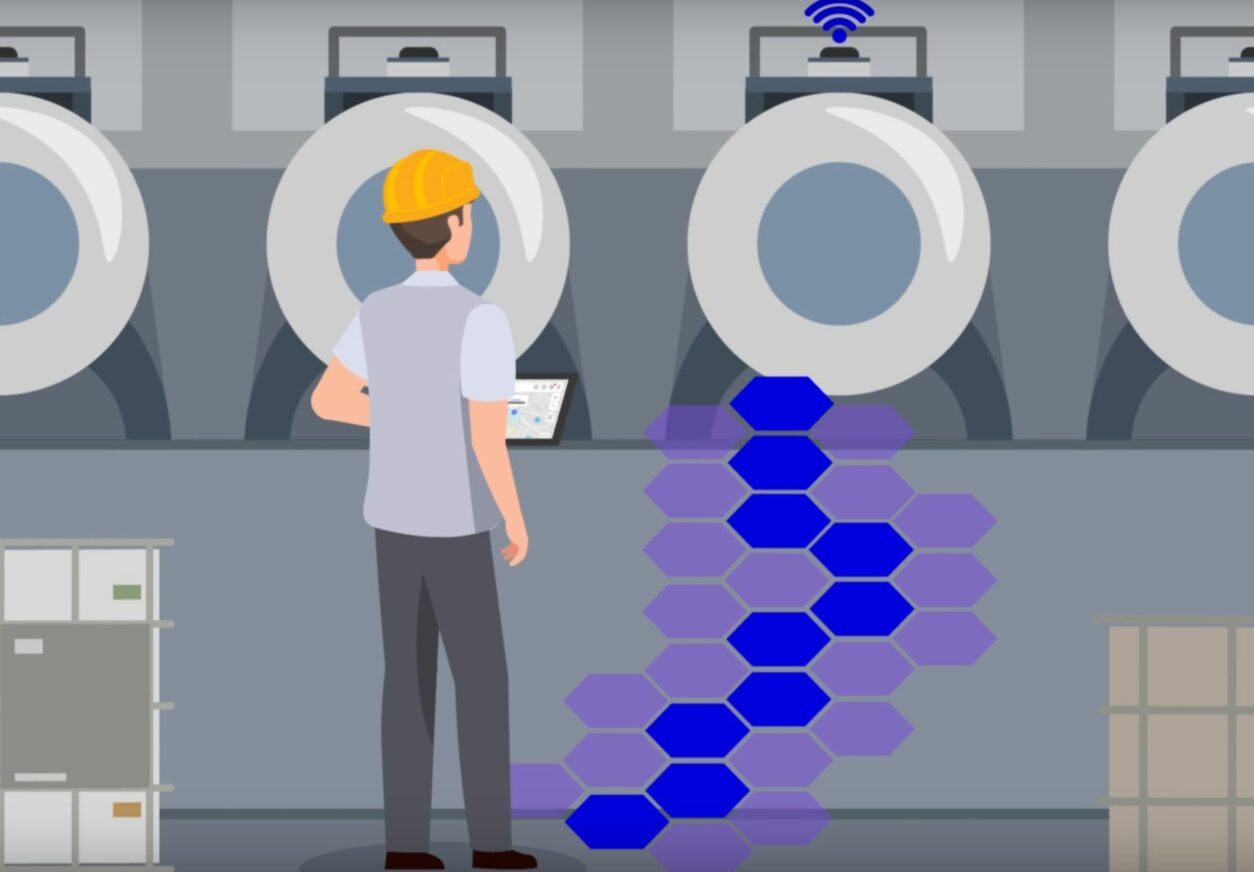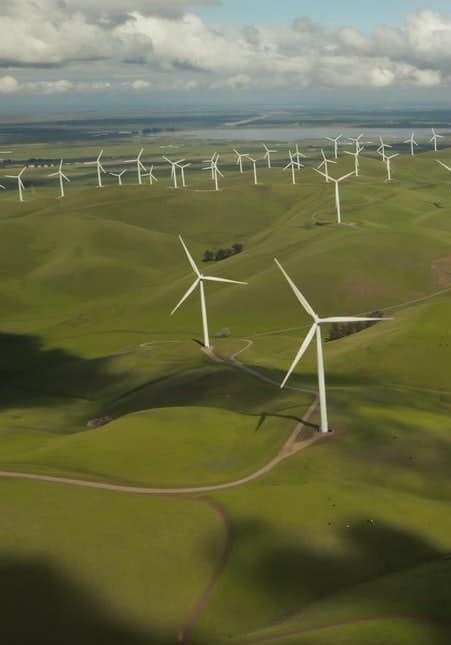A major industrial challenge
Industry is responsible for around 18% of the world’s greenhouse gas emissions, just after electricity and heat production, transport and agriculture. However, the European Union has set itself a target of carbon neutrality by 2050. In addition, France has launched the National Low Carbon Strategy (SNBC) to combat global warming.
Some industries are particularly energy-intensive, notably the metallurgy, chemical and non-metallic mineral manufacturing processes (cement, lime, glass, etc.), which together consume 69% of industry’s CO2 emissions. The scale of the challenge is therefore clear, particularly in the industry sector, which must embark on a massive decarbonisation (or decarbonisation) to achieve carbon neutrality.
What is carbon neutrality?
According to the European Parliament’s definition, carbon neutrality is the balance between carbon emissions and the absorption of carbon from the atmosphere by carbon sinks.
Carbon neutrality therefore does not necessarily imply the elimination of greenhouse gas emissions, but includes the obligation to offset one’s own carbon emissions.
Carbon neutrality requires two simultaneous actions:
- The reduction of greenhouse gas emissions,
- The development of carbon sinks.
These are reservoirs that store atmospheric carbon by an artificial or natural mechanism. The most important carbon sinks are the oceans and forests.
The challenge of this neutrality lies precisely in this balance between the CO2 emissions caused by industry on the one hand and the absorption by reservoirs on the other.
Carbon footprint: a necessary diagnosis
To achieve carbon neutrality, industries must first carry out a carbon assessment. This enables the carbon footprint of companies to be quantified and is expressed in tonnes of CO2 equivalent. This unit requires the conversion of other greenhouse gases into CO2 for greater simplicity. This diagnosis makes it possible to indicate which of the industry’s activities are particularly CO2 emitting, and gives the opportunity to modify them to reduce emissions.
There is no single method for carrying out the carbon footprint. It is essential to consider the full range of emissions sources caused by the industry in question. To sort out these sources of emissions, the ADEME (French Environment and Energy Management Agency) has defined three categories of greenhouse gas emission factors, known as Scopes 1, 2 and 3. These are as follows :
- Scope 1: direct emissions,
- Scope 2: indirect energy-related emissions,
- Scope 3: other indirect emissions.
More precise instructions for carrying out the carbon assessment are available directly on the ADEME website.
Lean Green: reconciling ecology and profitability
The Lean philosophy, which appeared in the 1950s at Toyota and has now been adopted in most industries, has been applied over the last few decades in a context of infinite growth and consumption of planetary resources.
Since the 1970s, when the IPCC (Intergovernmental Panel on Climate Change) warned of the finiteness of resources and the climate change underway, Lean has been evolving to integrate this hunt for new CO2 wastage.
Even if performance improvement remains central, the urgency is such that it is now necessary for this “CO2 hunt” to take precedence over all other Lean principles. It is in this context that Lean Green has emerged and developed over the last few years. Other concepts such as industrial ecology are also appearing in the same vein.
The challenge of this neutrality lies precisely in this balance between the CO2 emissions caused by industry on the one hand and the absorption by reservoirs on the other.
Ecoproduction or industrial ecology
Ecoproduction aims to build on a lean economy based on the concepts of flow optimisation and recovery, life cycle thinking and sustainable governance. It is based on three concepts:
- Sobriety,
- Efficiency,
- Renewability.
These concepts have become central in the fight against climate change, and are very useful for industries seeking carbon neutrality. To achieve this, these industries are now being forced to change their practices and customs and to adopt real green factories.
Written by Emma Guignard








